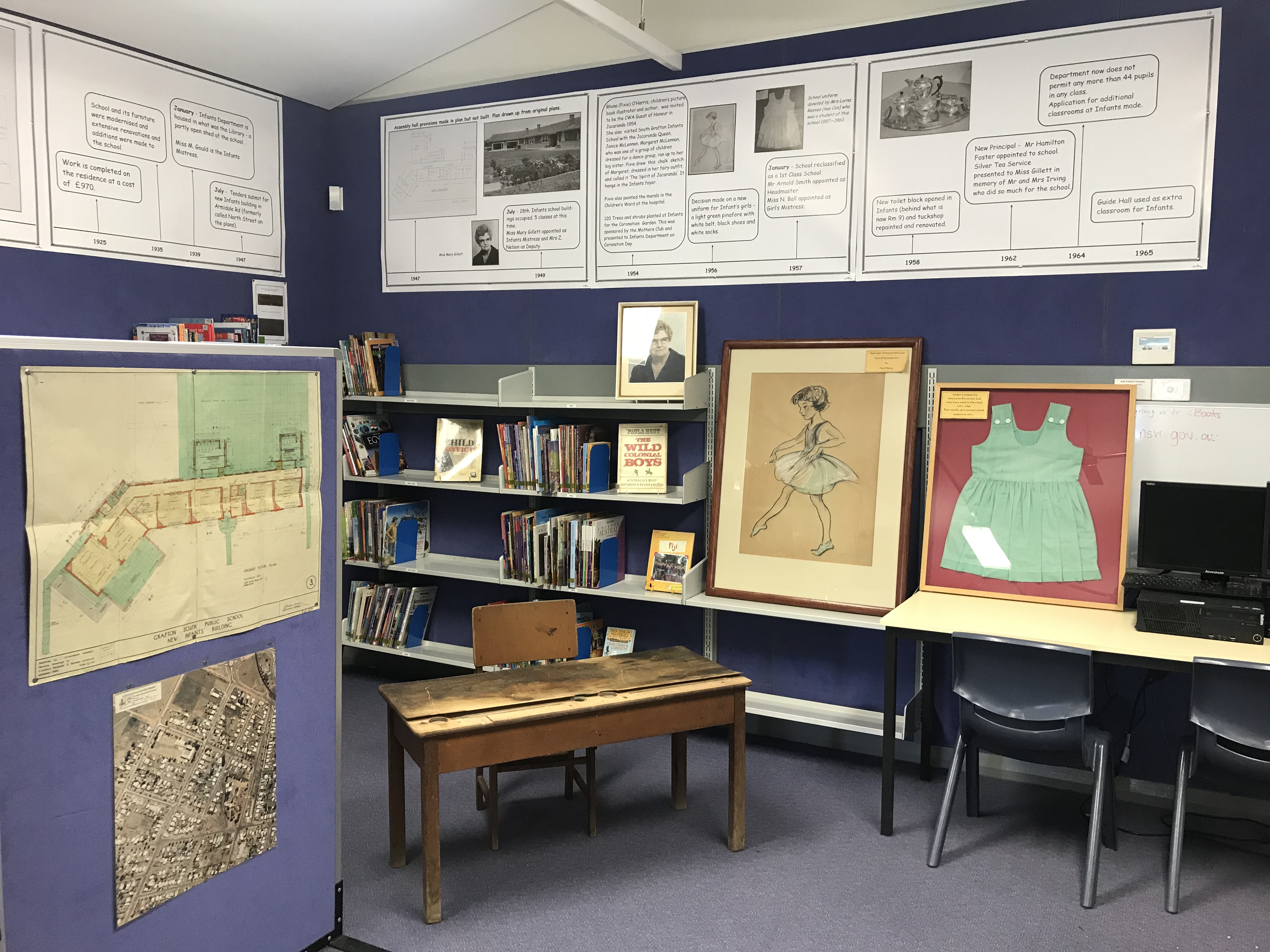Issue 107
Term 4 2018
Preserving the past: becoming the archivist in the school library
Teacher librarians Naomi Heyman and Nigel Paull explore the potential for librarians to take on the role of school archivist.
School archives are an essential and important element of every school’s history. The archives may contain records, uniforms, realia, photos, building plans, videos, and furniture. These are important cultural, social, historical, legal, and educational items. The school’s archivist may range from a volunteer working a few hours a term to a qualified archivist employed several days a week.
In many schools, the role of the archivist is often delegated by the principal to library staff. Although perhaps few teacher librarians and trained library staff may have studied specific aspects of archives administration within their formal training, most would have studied subjects that overlap with it. These core subjects might include the topics of collection development and weeding; resource selection and management; cataloguing; conservation of resources; staff management; working with all school community members, including volunteers; awareness of ethical and privacy considerations; computer literacy; developing and implementing policies and procedures; proficiency in the use of websites, apps and social media; and using primary sources in different curriculum areas.
An example of the importance of maintaining and managing school archives is highlighted by South Grafton Public School, which recently celebrated its sesquicentenary. Many months of planning and preparation by the teacher librarian, current and ex-staff, parents, and community volunteers were needed to prepare the school archives for the sesquicentenary display in the library. It was important that the school library was chosen to display the archives as it is a dynamic space for all members of the broader school community to come together for education, research, information, innovation, and enjoyment.

South Grafton Public School celebrated its sesquicentenary with this display in the library
On the day the sesquicentenary was celebrated, the library was a hive of activity as numerous guests gathered, reminisced about their time at the school with friends and teachers, and walked back in time among the displays of photographs, memorabilia and realia. The school community particularly enjoyed browsing through old photos, 1950s school uniforms, artworks (including a large 1959 original by book illustrator Pixie O’Harris, Spirit of Jacaranda), a timeline which circumnavigated the library walls, and examples of old teaching materials and student books.
The sesquicentenary preparation resulted in an archives overhaul, enabling efficient preservation of the entire archive collection, which is housed in the library and managed by the teacher librarian. The archives can now be easily added to and maintained, utilised for teaching opportunities and accessed by community members when required.
Digitisation and future-proofing of the school’s archives were essential elements of the archiving overhaul prior to the sesquicentenary, and are things all school library staff and archivists should consider. Adequate and safe preservation of precious items for enjoyment well into the future is an important responsibility for school archivists and school library staff.
Undertaking the role of archivist is a responsibility that library staff could embrace, as they often possess the most suitable skillset within the school community. Library staff who are also school archivists are recommended to undertake professional development; visit schools with extensive archives; liaise with local and state libraries and museums; discuss archives at collegial group meetings; and invite an archivist, preferably a member of Australian Society of Archivists, Schools Archives Special Interest Group, to address their meetings.
Utilising and enhancing this skillset for an event like South Grafton Public School’s sesquicentenary was a truly rewarding experience for the teacher librarian as archivist. Before the overhaul, the archive's various materials were all stored together. A policy and procedures manual specifically for archives, and separate from the library policy, was written. The collection of memorabilia, realia, photographs and other valuable resources, which everyone needs to experience for educational and social benefit, is now safely stored and categorised by the teacher librarian. These unique and valuable archives are preserved for the future and are available for easy reference and retrieval by the school community.
Image credit
Photo supplied by Nigel Paull

